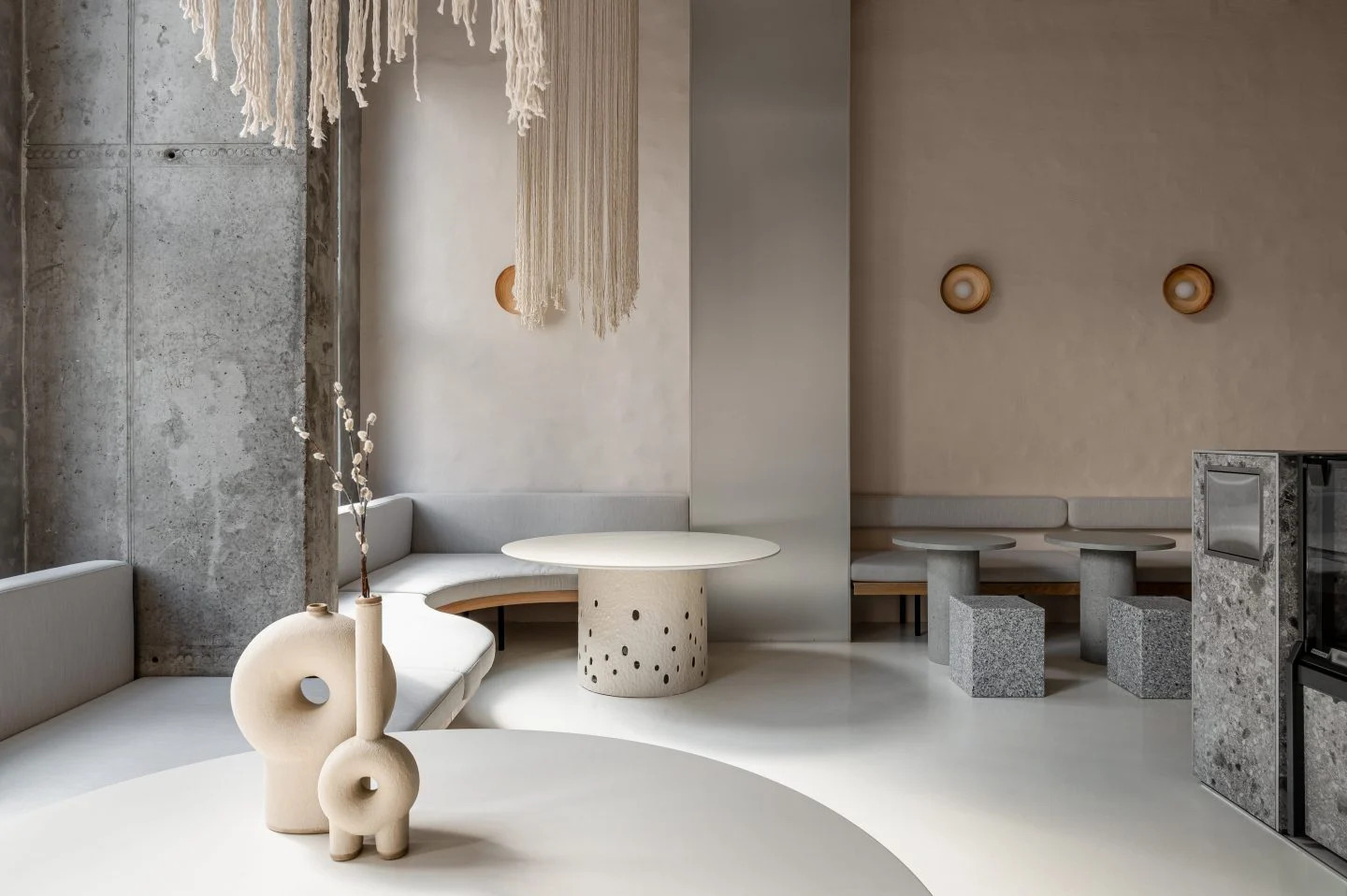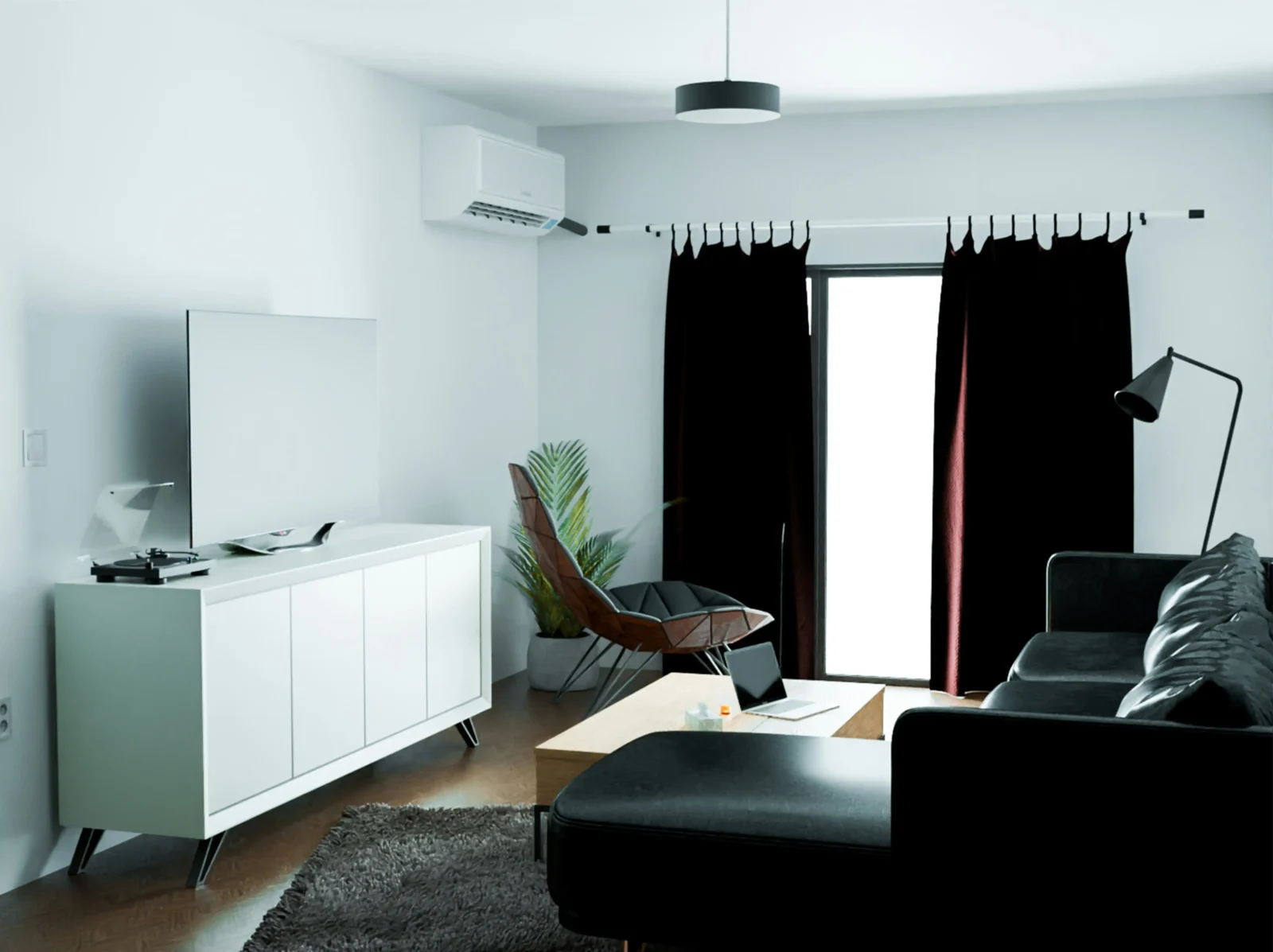- Home
- Articles
- Architectural Portfolio
- Architectral Presentation
- Inspirational Stories
- Architecture News
- Visualization
- BIM Industry
- Facade Design
- Parametric Design
- Career
- Landscape Architecture
- Construction
- Artificial Intelligence
- Sketching
- Design Softwares
- Diagrams
- Writing
- Architectural Tips
- Sustainability
- Courses
- Concept
- Technology
- History & Heritage
- Future of Architecture
- Guides & How-To
- Art & Culture
- Projects
- Interior Design
- Competitions
- Jobs
- Store
- Tools
- More
- Home
- Articles
- Architectural Portfolio
- Architectral Presentation
- Inspirational Stories
- Architecture News
- Visualization
- BIM Industry
- Facade Design
- Parametric Design
- Career
- Landscape Architecture
- Construction
- Artificial Intelligence
- Sketching
- Design Softwares
- Diagrams
- Writing
- Architectural Tips
- Sustainability
- Courses
- Concept
- Technology
- History & Heritage
- Future of Architecture
- Guides & How-To
- Art & Culture
- Projects
- Interior Design
- Competitions
- Jobs
- Store
- Tools
- More

In an age of growing environmental awareness, sustainability has emerged as a paramount concern in various sectors, including interior design. While style and functionality remain key components of home design, there’s a growing trend to incorporate materials that are not just beautiful, but also environmentally friendly. This shift towards conscious design helps in creating homes that are harmonious with our planet. Here, we explore some of the top sustainable materials that can be integrated into a conscious home.
Bamboo: The Fast-Growing Marvel
Bamboo is a remarkable material known for its sustainability and versatility. This fast-growing grass regenerates at an incredible speed compared to hardwood trees, making it a highly renewable resource. Bamboo’s inherent strength and durability make it an excellent choice for flooring, furniture, and even wall paneling. Its aesthetic appeal fits in a variety of interior styles, from modern minimalistic to traditional Asian-inspired designs.
Bamboo flooring is a popular choice due to its durability and easy maintenance. It can also be used in furniture, where it offers a sleek and contemporary look. Bamboo blinds or shades are another elegant choice, bringing a soft, diffused light into your rooms.

Cork: A Harvest of Benefits
Cork is a unique material that is harvested without cutting down the tree it comes from. Its natural properties include being water-resistant, anti-microbial, and excellent at heat and sound insulation. These characteristics make cork a fantastic choice for flooring, wall coverings, and even for creating unique decorative elements. Moreover, cork’s rich texture and pattern can add a natural and warm aesthetic to your home.
Cork flooring is particularly well-suited to bedrooms or playrooms due to its softness and warmth underfoot. It’s also great for pinboards in home offices or children’s rooms. In bathrooms or kitchens, cork can be sealed to make it waterproof and resilient.

Recycled Metals: Repurposing with Style
Aluminum and steel are the most recycled materials globally, which makes using recycled metals a conscious choice for countertops, fixtures, and accents. Not only does it reduce the environmental impact of mining for new materials, but it also uses less energy to repurpose than producing new metals. From a design perspective, recycled metals can bring an industrial, contemporary, or even rustic charm to your home, depending on the finish and use.
Reclaimed Wood: Beauty in Second Chances
The use of reclaimed wood is an excellent way to bring warmth and texture into your home while also reducing the demand for new timber. This repurposed material can be sourced from old buildings, barns, or even discarded furniture. Whether used in flooring, furniture, or exposed beams, reclaimed wood offers a rustic, rich aesthetic while telling a unique story of its past.
Recycled Glass: A Clear Choice
Recycled glass provides an eco-friendly alternative to traditional options for countertops, tiles, and decorative features. It brings a contemporary feel to the space and comes in a plethora of colors and finishes. Incorporating recycled glass reduces landfill waste and the energy needed to produce new glass, making it a clear choice for conscious home design.

Natural Fabrics: Soft on the Environment
Textiles play a crucial role in softening a space and making it feel comfortable. Opting for natural and organic fabrics such as cotton, linen, hemp, and wool can reduce the environmental footprint of your home. These materials are renewable, biodegradable, and require less energy and chemicals to produce than synthetic alternatives. They can be used in upholstery, curtains, rugs, and throws to add texture and coziness to your home.
Low-VOC Paints: A Breath of Fresh Air
While not a ‘material’ in the traditional sense, paint significantly influences a home’s aesthetic. Low-VOC (volatile organic compounds) or VOC-free paints are a healthier choice for both the environment and the occupants. These paints reduce indoor air pollution and potential health risks associated with traditional high-VOC paints.
To conclude, designing a conscious home does not mean compromising on style or functionality. There is a multitude of sustainable materials available that offer durability, aesthetics, and environmental benefits. Integrating these materials into your home design can result in spaces that are not just visually appealing, but also comfortable, healthy, and respectful to our planet. With thoughtful material choices, we can design homes that are truly sustainable and harmonious with nature.

Submit your architectural projects
Follow these steps for submission your project. Submission FormLatest Posts
Best LED Shop Lights 2026: Brightest Options for Garage & Workshop
In 2026, LED shop lights have become essential for creating safe, efficient,...
Coloring Your Year: Using Traditional Lunar New Year Hues to Transform Your Apartment Décor
Lunar New Year always brings a burst of color and energy, making...
Chandelier Light vs Ceiling Lights: Which Decorative Lighting Works Best for UAE Homes in Winter?
Winter in the UAE doesn’t arrive loudly. It doesn’t announce itself with...
Marketing for Architects: How Firms Are Getting More Clients Without Chasing Leads
Architectural marketing has changed in important ways. Referrals and reputation still matter,...












Leave a comment